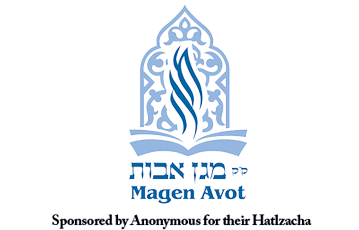Rabbi Yosef Benaim (Noheg BeHochma, pg. 202) explains that this was not a common practice in Morocco but that there were people who ate dairy foods in Morocco and other Sephardic lands.
A culinary custom on Shavuot that was common in Morocco, however, was eating Matzah. A special dish known in Arabic as Hrabel was made of Matzah meal, sugar and mint. The HIDA (Lev David ch. 31) references the Tola’at Yaakov, who says that Shavuot is likened to Olam Haba (the World to Come) where the body and soul join in a heavenly experience. On Shavuot there was a bread offering, which is symbolic of the physical body, as well as a Minha offering, consisting of unleavened Matzah, which symbolizes the soul. Thus, on Shavuot one eats Matzah to complement the bread offering and to symbolically join the physical and the spiritual worlds. The HIDA gives another reason based on the Zohar that in Egypt, Matzah was the bread of affliction when we were slaves to Pharaoh. On Shavuot, when we accepted Hashem’s Torah, we eat Matzah to symbolize that we are still servants, but to Hashem.
Summary: One may partake of dairy foods on Shavuot but one should also eat meat in honor of Yom Tov. There is a special custom to eat Matzah on Shavuot.
